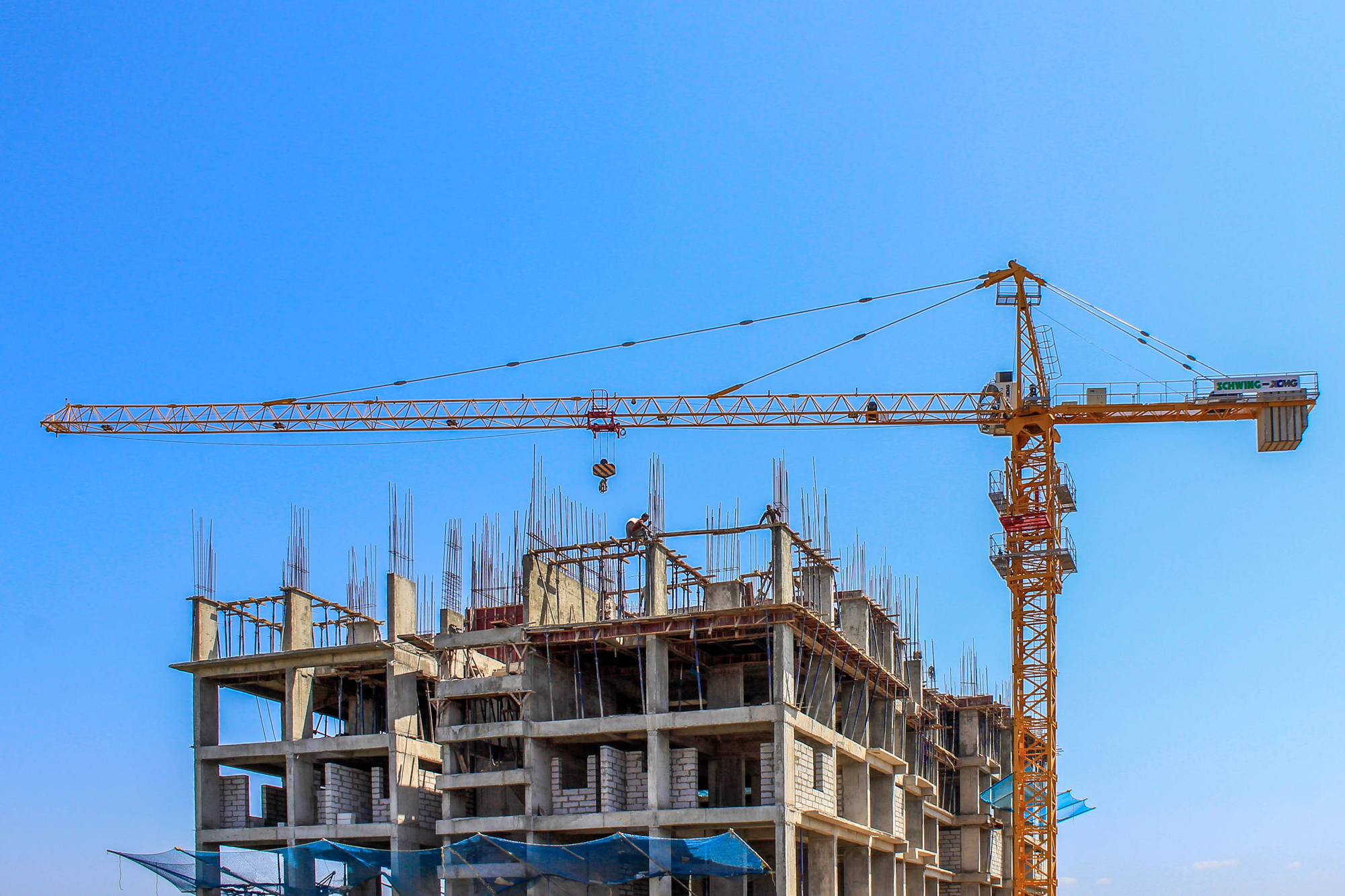What is selfie authentication, and is it feasible
Facial recognition is something to stay. Nowadays, airports are utilizing Smart Gate systems to have verification of who we are while the common smartphone user has their face scanned whenever they expect to log in to their device. This modern period of selfie authentication may seem excessively casual, but it is a security outcome that’s streamlining businesses and conserving their sensitive data.
But what about at an organizational level? Here are some pros of using facial recognition to access secure systems and locations.
How selfie authentication works
Facial recognition is a relatively easy technique. Whenever you register for entry to a facility or enroll for a particular employment, a reference video of your expression is taken as well as a replica of a trusted, verified ID such as an e-Passport. These are scanned and a map is put up that develops a digital representation of your face.
When you are inquired to verify the system, an app provokes you to take a selfie. This selfie is tested against the stored digital representation. If there is a match, you are granted access within seconds. Anti-spoofing technologies, such as expecting you to blink or obey facial action instructions, are becoming increasingly crucial to verify you are attempting to access the system.
Is it feasible?
You just need to look at the uptake of selfie authentication by big players such as government organizations and banks. You will realize that leaders support and appreciate its reliability. Leading facial recognition technology has moreover been shown to have an elevated degree of accuracy when users are wearing surgical masks, which is increasingly prevalent due to COVID-19. With the expansion of camera- and sensor-ready smartphones that enable Check-in with Selfie authentication, Juniper Research announces that been by 2024, there will be more than 1.3 billion devices capable of the facial recognition process. So it is a form of technology that is surely here for the long haul.
The pros of selfie authentication
The technique for users doesn’t depend on particular scanners or readers and is easy. Once the enrollment process is finished, an app can be introduced on the smartphone of the user. It’s identical to the Google and Microsoft Authenticator apps used for two-factor authentication (2FA). However, can’t be faked by someone simply achieving access to the phone. For many organizations, selfieenrollment is again viable. Pre-verified employees can obey a rapid onboarding technique whereby facial pictures and other data are verified against a government-issued individuality report.
For busy organizations that hire large team pools or have numerous offices around the world and locally, selfie authentication makes collaboration and connectivity much susceptible, especially with a robust bring-your-own-device (BYOD) policy in place. This means limited resources needed from the business viewpoint and more independence for employees to work from home and access what they need wherever they are, so long as they have their gadget on them.
Besides speeding up and simplifying the authentication technique for users, biometric authentication is far safer than formal forms of authentication such as PIN codes and passwords. This makes it favorable for high-risk activities such as accessing secure areas and financial transactions, or even in universities and schools to assure the right student sits to attempt an exam.
See how the trip allows for both selfie and administration enrollment and authentication here https://www.gtriip.com/office




